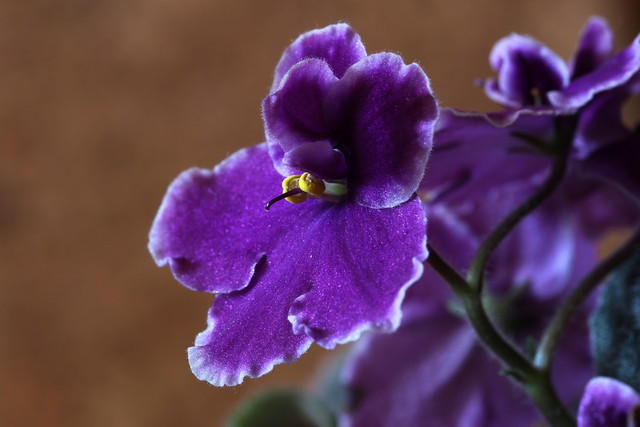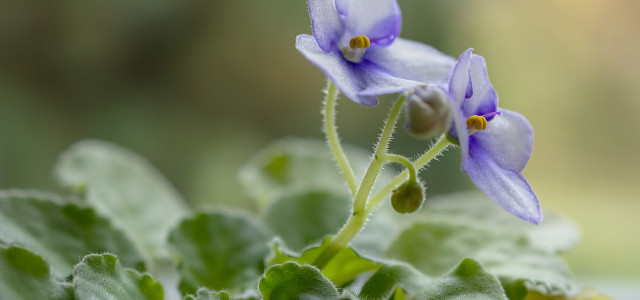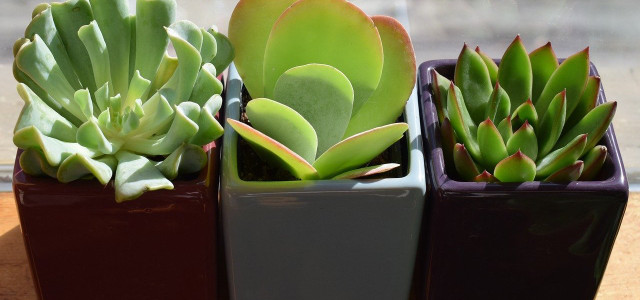African violets need rather different care than other plants, especially when it comes to repotting. Read on to learn about repotting African violets.
African Violets boast bright colored blooms and tend to remain compact and small as they grow. They can live for as long as 50 years if properly cared for. They need frequent repotting and often in smaller pots than you might imagine, especially compared to other plants. We’re going to take a look at repotting African violets, and how to do it properly.
Repotting African Violets: Step-by-Step



(Foto: CC0 / Pixabay / Kourilek)
African Violets need to be repotted once or twice a year in order to maintain the proper growth. You can tell when your plant needs repotting by checking the height of the main stem and look of the leaves. If the stem is growing high above the pot rim, it needs to be repotted. If the leaves are beginning to take on a chaotic, non circular look, they need to be trimmed and the plant should be repotted. These violets can remain in the same pot for a long time with the proper care, and can grow well if checked often.
To repot your African Violet follow these steps:
- Water first — before you repot the violet, water the plant deeply enough that the saucer beneath the pot fills. Leave the plant in the saucer for 30 minutes and then remove the saucer. Let the plant dry for a few days before repotting.
- Remove the plant — gently remove the plant and its roots from the pot, shake loose any dirt.
- Remove dead leaves — if you see any dead leaves, remove them so that the plant can continue to grow. You want a more symmetrical/circular order of leaves for the best growth.
- Baby leaf removal — this is also when you can remove any baby leaves to propagate new plants if you are looking to do that.
- Check the plant height — ideally the lowest leaves of the violet should be only a quarter of an inch above the new soil in the new pot. If the “neck” is much higher above the soil, it needs to be repotted – this should be done about every six months.
- Remove some of the stem — check the stem and roots for rot before you repot. This entails taking away some of the stem by using a small knife/gardening tool until the neck only sits about one to two inches within the soil. This helps the plant grow.
- New pot — the interesting thing about African violets is that they don’t necessarily need a larger pot. They do well in their same size pot as long as you follow the above steps. Remove the old soil and replace with new soil. Place the newly cut stem inside the pot and cover with soil. The neck should no longer be visible above the rim of the pot, and then leaves should only be ¼ to ½ inch above the soil.
- Water — lightly water the plant and place in a sunny spot with 12 to 14 hours of sunlight.
Caring for African Violets



(Foto: CC0 / Pixabay / GiniGeo_Photography)
In order for your African violets to thrive, you’ll need to pay attention to the following things:
- Sunlight: African violets need 12 to 14 hours of sunlight a day, east and west facing windows provide the best light for these blooms.
- Soil: African violets need specific soil designed for them to get the proper nutrients. You can make your own, or get specific soil.
- Water: Water the plant until the saucer beneath the pot is full, then leave it for just 30 minutes before removing the saucer.
- Temperature/Humidity: African violets do not like excessive heat or cold, the correct temperature is between 65 and 75 degrees Fahrenheit. Some humidity will help the plants to grow, so leave your violet next to another water-loving plant to get some humidity benefits.
- Fertilizer: make your own fertilizer to help your plants grow.
Read on:
- Why is My Plant Soil Moldy and How Do I Fix It?
- Best Indoor Hanging Plants to Decorate Your Home
- 6 Ways to Water Plants While Away On Vacation: How-To + Tips
Do you like this post?









